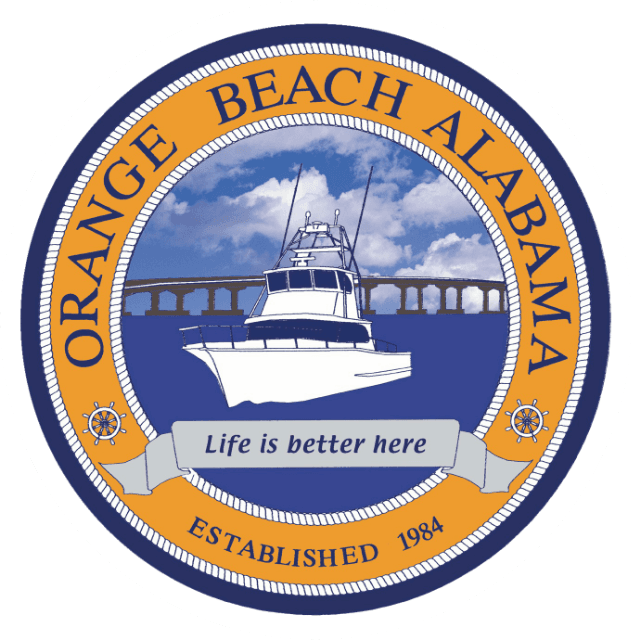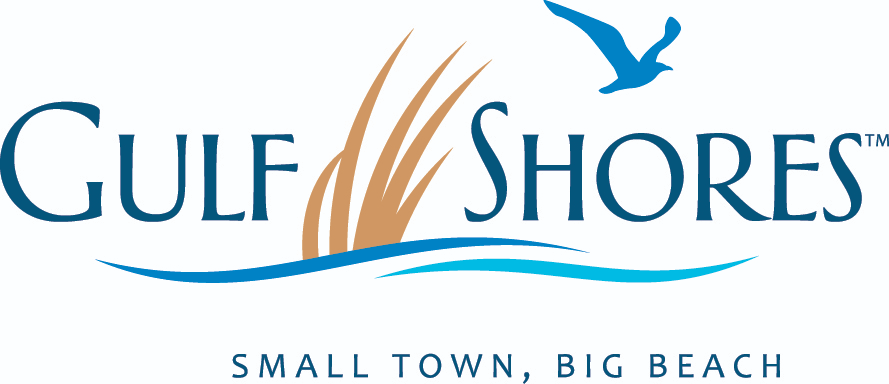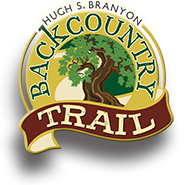Local History
A tale of two coastal communities that share a common jewel, the Hugh S. Branyon Backcountry Trail. Established in 2003, this trail system, through the help of grants, membership, donations and city participation has been able to complete the connection between Orange Beach with Gulf Shores, with the Coyote Crossing Trail, completed in October of 2013. The modern relationship between the two cities can best be experienced by unveiling their history.

Orange Beach
Settled in the late 1800’s by farmers and fisherman, this pristine coastal wilderness was sparsely populated, nevertheless gave birth to the purpose and significance of the thriving community we enjoy today. It’s name, “Orange Beach”, evolved overtime and most distinguishably reflected the important citrus crops, Satsuma Oranges, which were cultivated for distribution. Some might say it is the spell binding orange sunsets, dancing off our emerald green waters, that grant the name its meaning.
Established as a city in 1984, Orange Beach’s primary attraction is the gift of Mother Nature; sugar-sand beaches, the fearless Gulf of Mexico, three spring fed lakes located in the Gulf State Park, and 15 miles of paved paths in the Backcountry Trail. It is a city shared by visitors and locals alike who delight in the pleasures of fishing, swimming, canoeing, boating, hiking, cycling, bird watching and the endless opportunities nature has to offer.

Gulf Shores
Until the 1940s, the Gulf Shores area was largely inaccessible beach and wetlands where a small shrimping and fishing community called home. The completion of the Intracoastal Waterway in 1937 and the opening of the Gulf State Park in 1939 provided greater access to the area and was the catalyst behind the area’s first tourism and development boom. The first hotel on the beach was completed in the early 1940’s and the first post office opened in 1947.
Gulf Shores was first incorporated in 1957 and by the early 1960’s the town was thriving with family owned grocery stores, restaurants, cottages, and motels for summer tourists. While the tourism industry was thriving during the summertime, the fall and winter months left this beachfront paradise virtually deserted. In 1971, the Annual National Shrimp Festival was born out a community effort to draw tourists back to the area after Labor Day.
Today, this coastal city is home to just over 10,000 full time residents who live across its 30 square miles. The local motto – SMALL TOWN, BIG BEACH™ – is evident throughout this tight-knit community as the area welcomes over 5 million visitors to its 32 miles of sugar-white beaches each year. Sand dunes covered in sea oats and turquoise waters are the norm on the coast while inland areas feature live oaks, pines, freshwater lakes, rivers, bayous and coves just waiting to be explored.

The Hugh S Branyon Backcountry Trail is a network of 18 connected trails located in Orange Beach and Gulf Shores, AL, and the Alabama Gulf State Park. We welcome visitors year-round to enjoy the natural beauty of the Alabama Gulf Coast.
All Rights Reserved | Hugh S. Branyon Backcountry Trail Foundation



